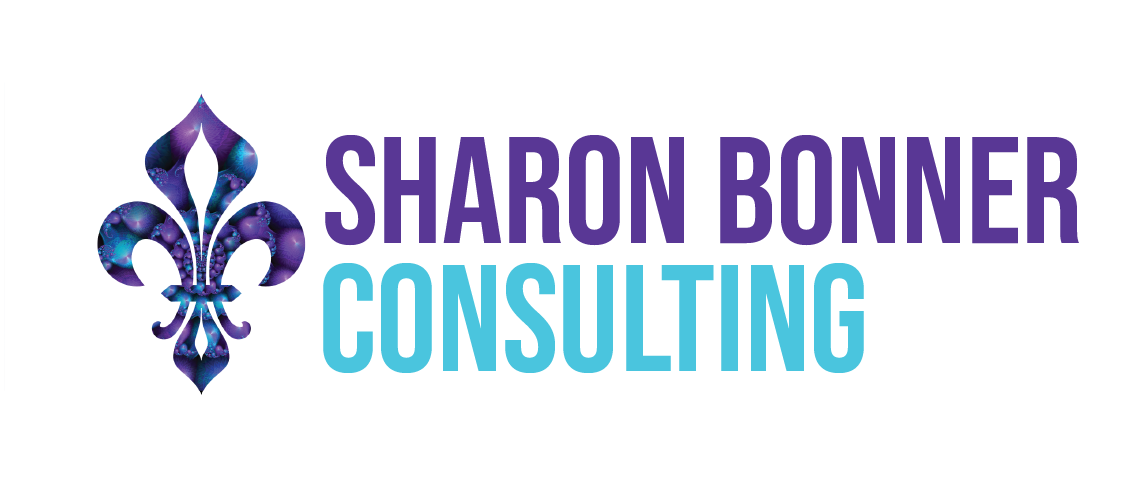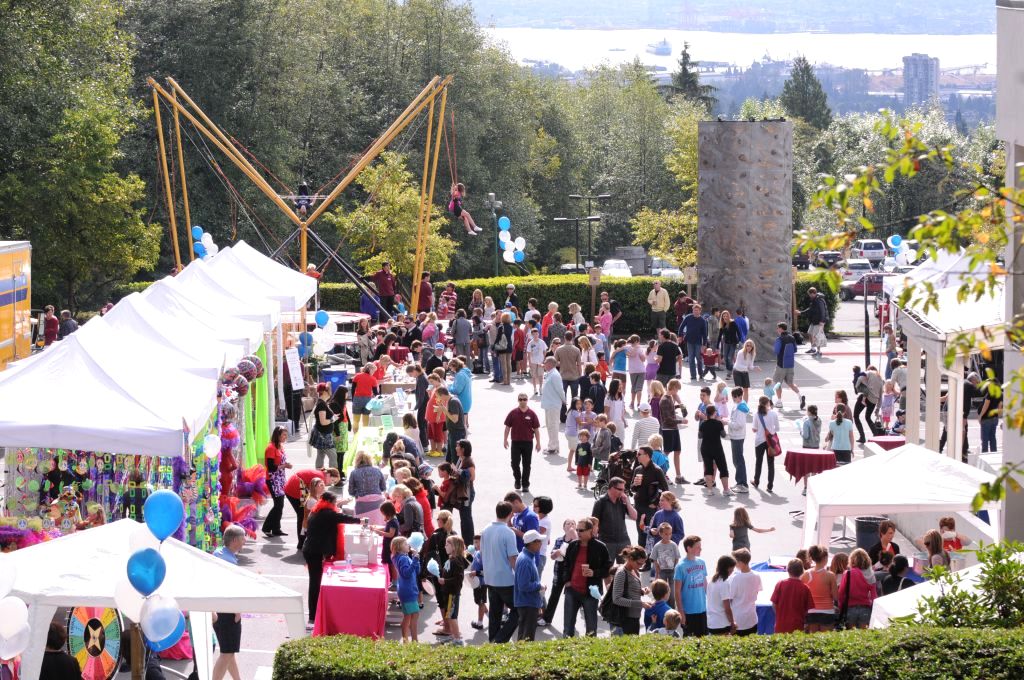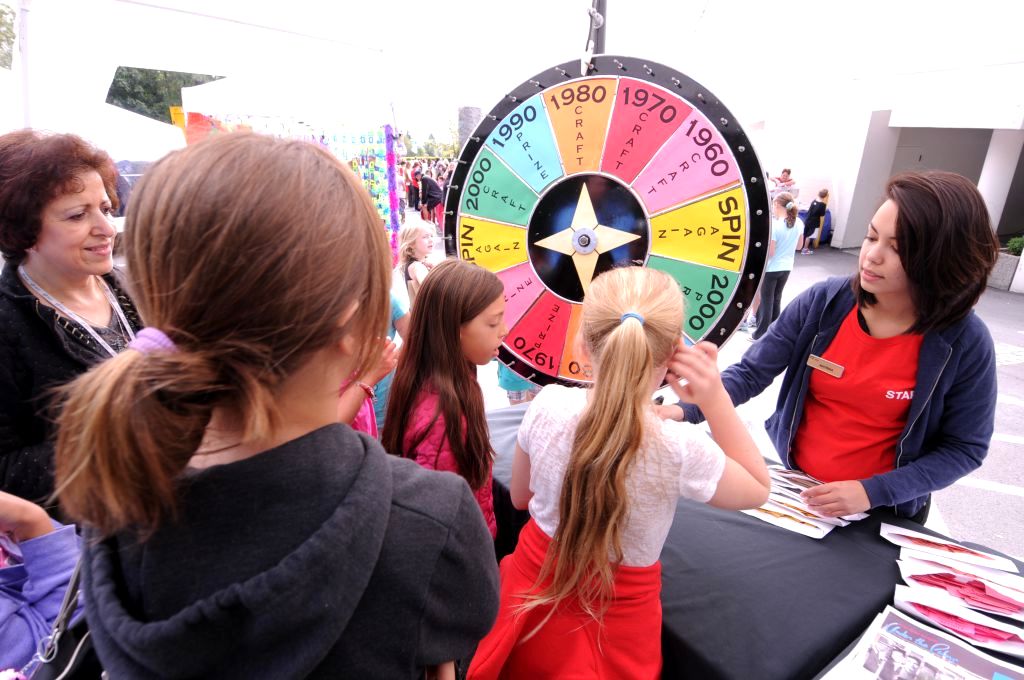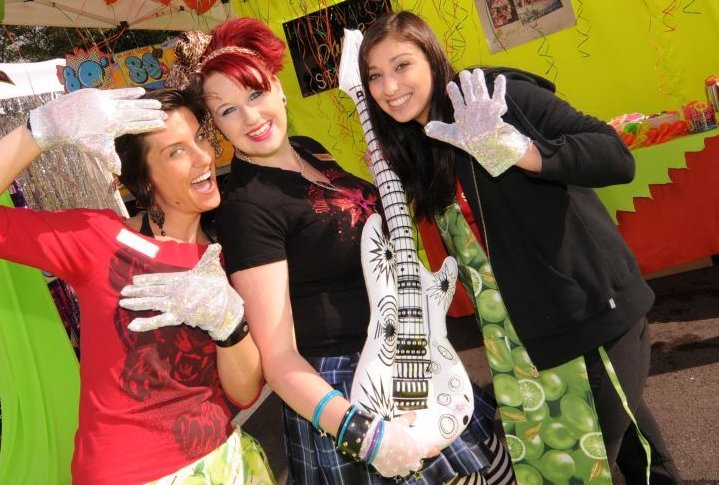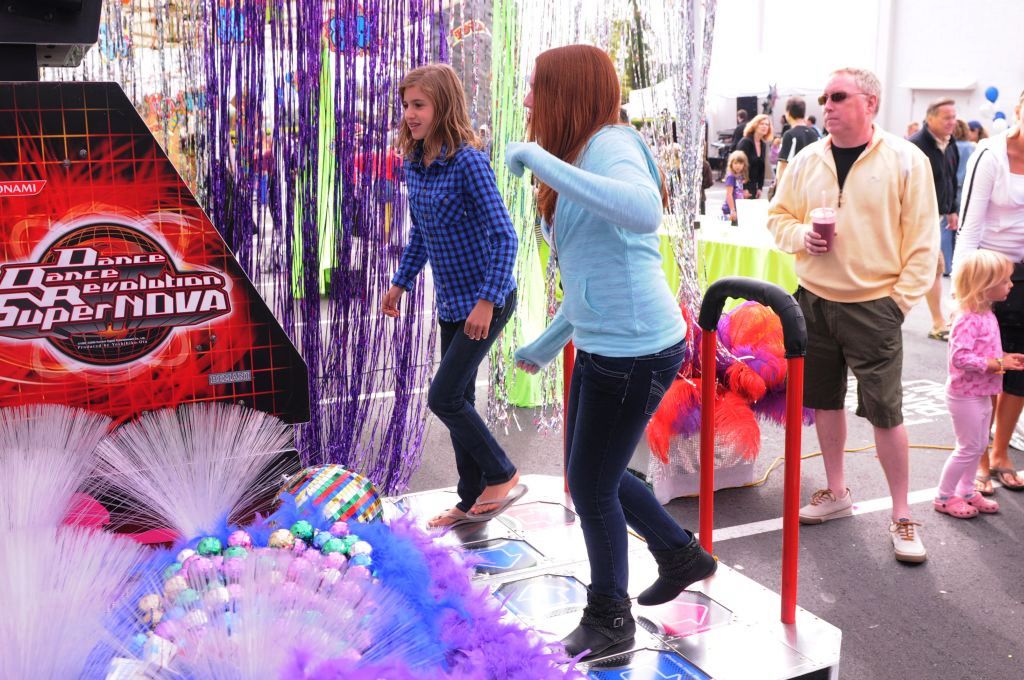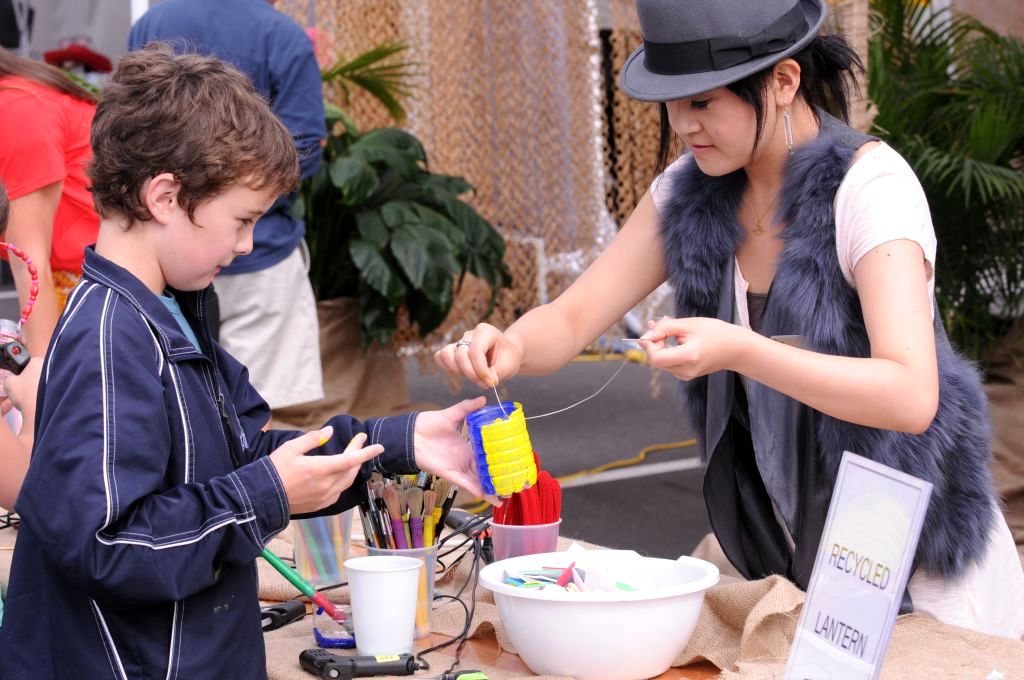When planning an event, it should always start with one thing: the guests. From the very beginning. Even when someone casually glances at your invite, that’s your cue to start paying attention.
Why? Because those small digital breadcrumbs (a click, a scroll, a pause) can tell you a lot. And if you use that info wisely, you can shape an experience that speaks to them.
Let’s be honest—personalized experiences aren’t just a trend anymore; they’re the standard. Thanks to tech, we have amazing tools to make them happen. Think cookies, online polls, interactive games, pre-event surveys, and sign-up forms. These aren’t just forms—they’re windows into what your guests want before they arrive.
Want to wow them with the right food? Plan activities they’ll genuinely enjoy? Even help them get to the venue stress-free? It all starts with knowing who’s coming—and planning for them.
So, why am I bringing this up? Because this is how you turn a good event into an unforgettable one.
Over the years, we’ve seen a significant shift in what people expect from events. It’s no longer just about putting on a show. It’s about creating something meaningful and inclusive for everyone attending. And that’s where personalization in guest experience shines.
We don’t just follow our clients’ vision—we dig deeper and focus on what truly matters: the guests. Because honestly, you can have fireworks, a stunning venue, and gourmet food… but if your guests feel disconnected or disengaged, the whole experience falls flat.
So here are a few things we always ask ourselves when planning:
- How can we use guest insights to make smarter decisions?
- How can we tailor every detail—seating, food, music, and accessibility—to fit the crowd?
- And most importantly, how can we involve guests in shaping the event? (Because at this point, making them part of the process isn’t just nice—it’s necessary.)
The Guest Experience Starts Before the RSVP
Just like in real life, first impressions matter—a lot. That first interaction can set the tone for everything that follows. So why not make it count?
Think about it: how often have you scrolled past an Instagram ad, ignored an event email, or skimmed right over a post without clicking? Be honest—did it grab your attention or not? That’s precisely what we’re trying to figure out.
What makes someone hit “RSVP” instead of exiting your landing page? The good news is, all of that behaviour can be tracked—and when used right, it can give you a significant edge.
It’s no secret that big brands are already using A/B testing—they run two versions of a campaign, see which one performs better, and roll with the winner. And honestly, you should be doing the same!
So many tools track how people interact with your website—where they click, how long they stay, what they hover over, and when they leave. It’s like getting a behind-the-scenes look at your guests’ thought process. With that insight, you can keep tweaking your landing page until it hits the mark. The goal? Grab their attention and keep it, so they feel compelled to attend your event.
Want to take it a step further? Try something interactive like a quick poll, a fun quiz, or even a prize draw. It’s a great way to get people involved and learn more about what makes them tick.
The Guest Experience Is About Relevance—Not Just Trends
As the planner or client, you could skip tailoring your event to your audience and go with whatever trend is hot. But here’s the thing—that doesn’t mean it’ll work.
Just because something feels easier or sounds fun isn’t the right fit. Relevance matters. If half your guests don’t get the inside joke or the theme flies over their heads, was it ever really a hit?
Instead, bring your guests into the experience. Think about what they enjoy—what excites them, what makes them feel included—and build from there. That’s where the real magic happens.
Pick content that clicks with your audience—something that feels like them. Every detail counts, whether it’s the kind of food you serve, the music playing in the background, or even being mindful of severe allergies (because no one wants an emergency mid-event!).
Not sure what your guests want? That’s okay—there are plenty of ways to find out. You can learn much about your crowd through surveys, sign-up forms, and polls. And once you understand them better, you can even introduce new ideas or experiences they might love… as long as they’re open to it.
Guest Experience Quick tip:
If reading all that data feels overwhelming, don’t hesitate to bring in a little AI backup. There are innovative tools out there that can help you analyze guest behaviour, spot trends, and even predict what your attendees might expect next. This is especially helpful for bigger or more diverse groups, where guessing won’t cut it.
The Guest Experience During the Event – Recommendations
Never overlook the little touches—even if most of your attendees do not fall into a specific category. For example, offering vegan options may seem unnecessary if most people are not vegan, but those who are (and even some who are not) will genuinely appreciate the effort.
Diversity is key, and that applies to the event experience itself. The little moments—between shows, during entertainment, or through small activities—can sometimes leave a stronger impression than the headline acts. These are the moments where memories are made, and in the end, that is what truly matters.
Conclusion: Be Flexible Enough to Adapt in Real-Time
Even with all the careful planning in the world, it’s okay to veer off the agenda and follow the energy in the room. Events aren’t meant to be rigid—they’re meant to live and breathe with your guests.
Things won’t always go as planned (spoiler: they rarely do), and guest reactions can be unpredictable. But if you’ve built a flexible, guest-focused strategy, your attendees will still walk away feeling like the experience was created just for them, right there, in the moment.
And really, isn’t that what every great event is all about?
